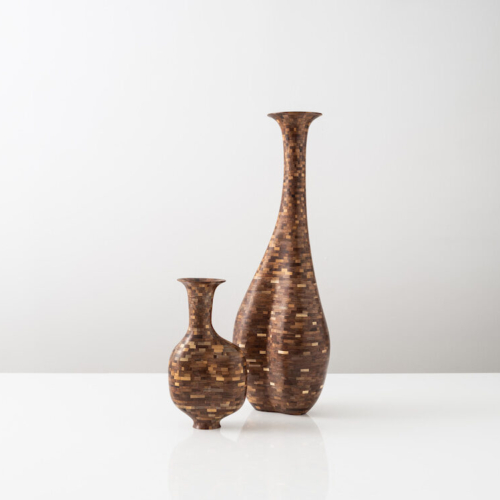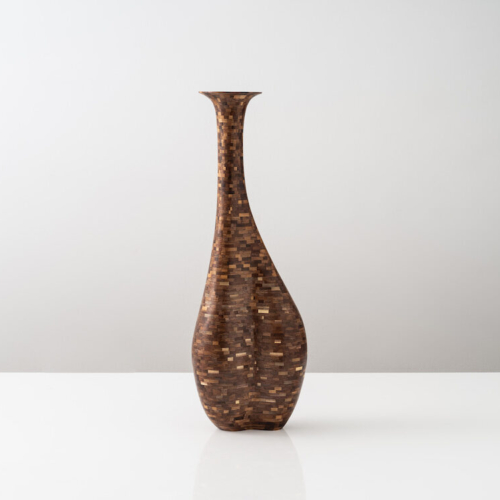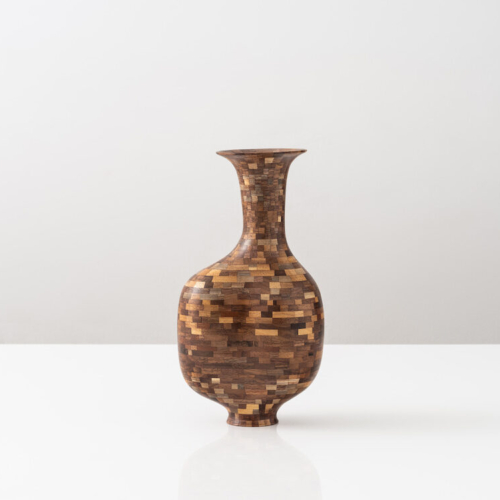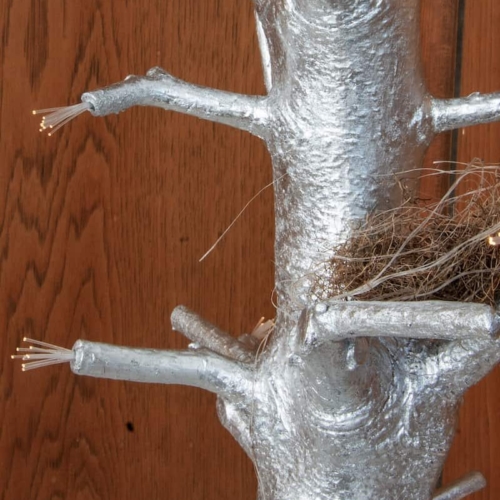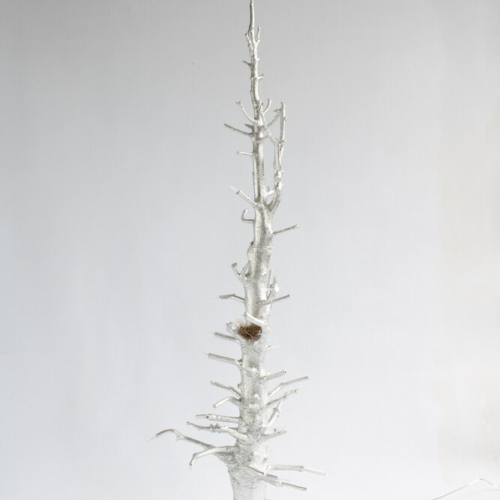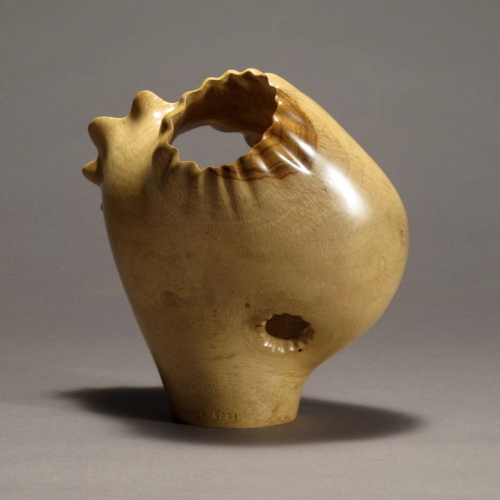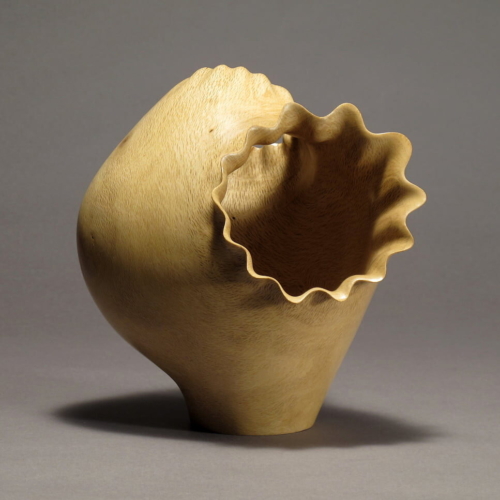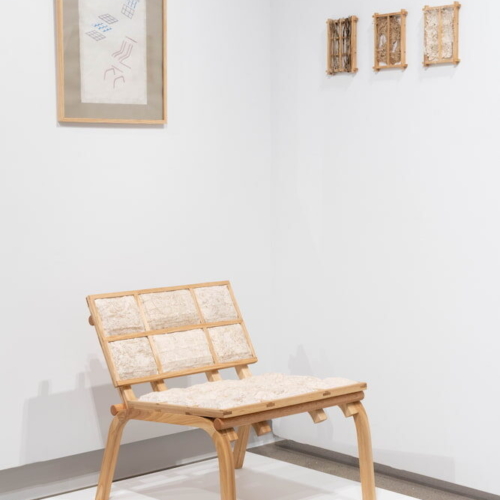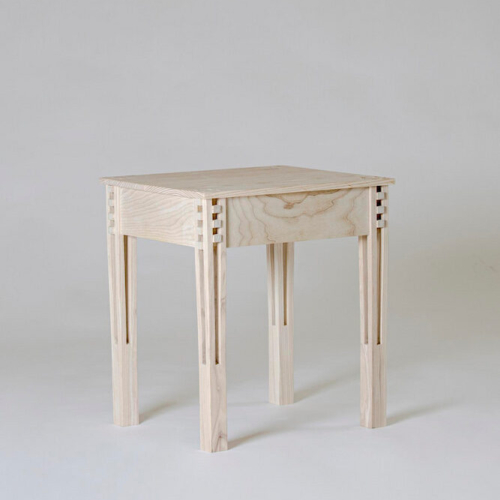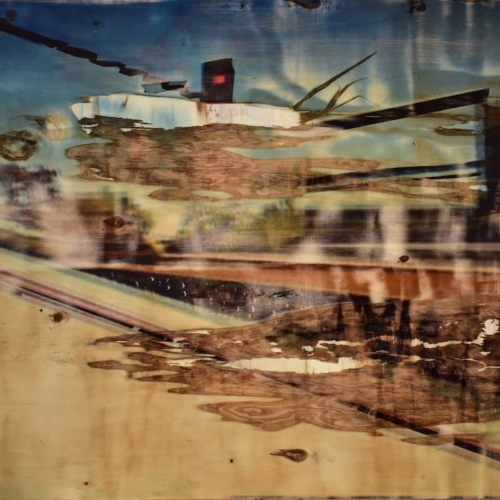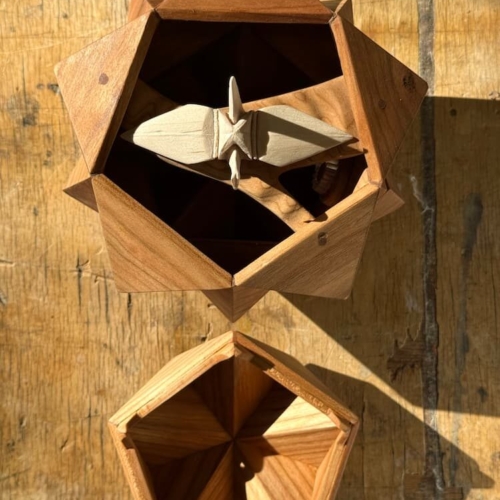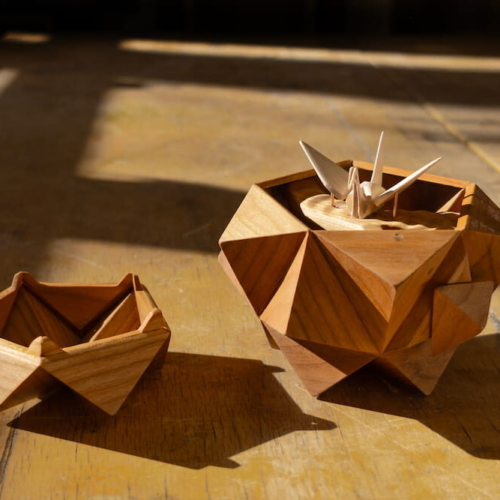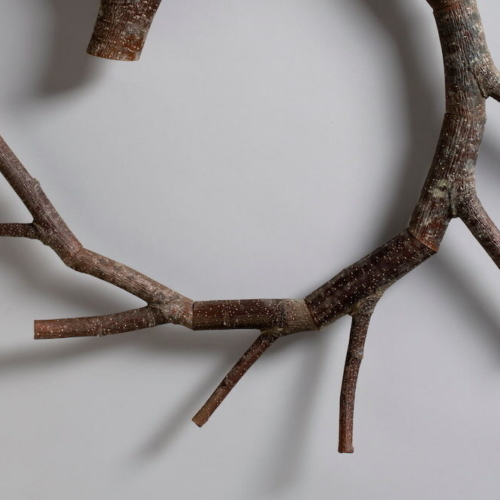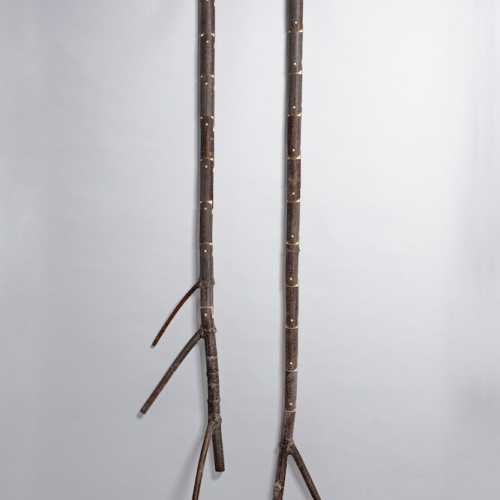Richard Haining, Jr.
Tall STACKED Asymmetrical Vessel, 2024
Salvaged walnut
9 x 5 x 26 1/4 inches
This artwork is featured in Renewal: WEM's 31st Annual Juried Woodworking Exhibition on view through September 7, 2025.
The twenty-five artists featured in this exhibition each approach renewal from a unique perspective, yet they share an interest in exploring its many manifestations through wood, whether focusing on its material properties, historical resonance, inherent narratives, or metaphorical potential.
*Shipping of artworks from the Juried Woodworking Exhibition will be arranged by the artist. Please enter the coupon code juried31 at checkout to receive free shipping on these items.
*Member discount cannot be applied to artworks in the Juried Woodworking Exhibition.

